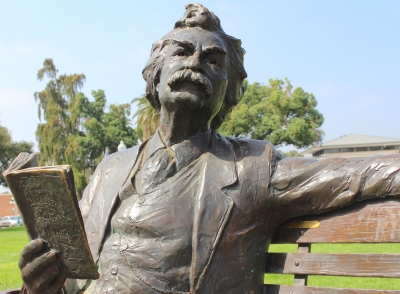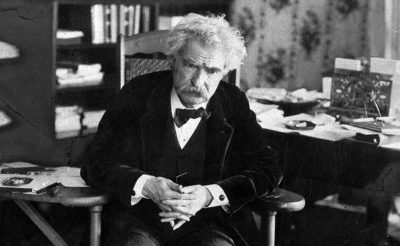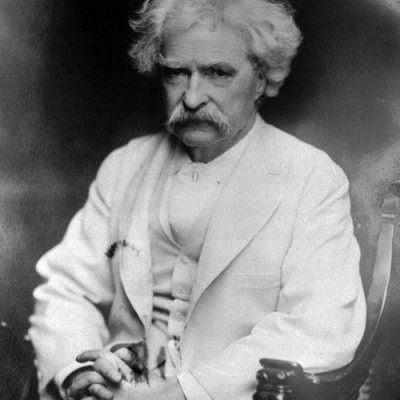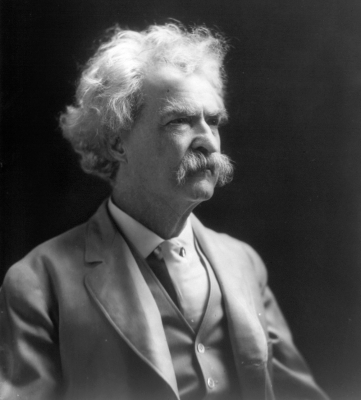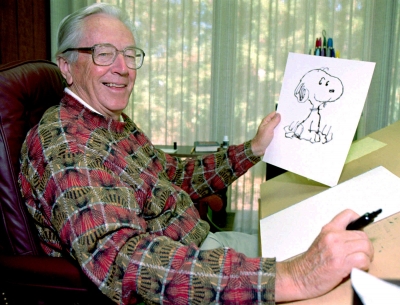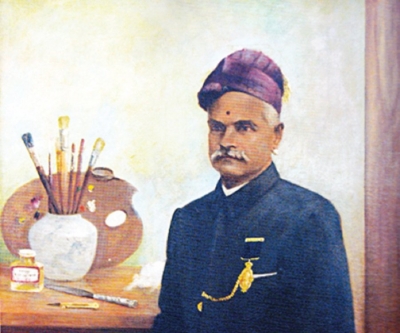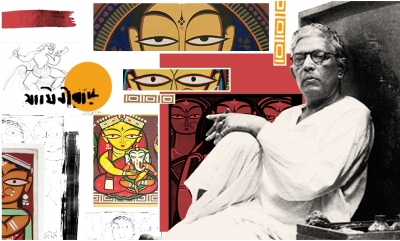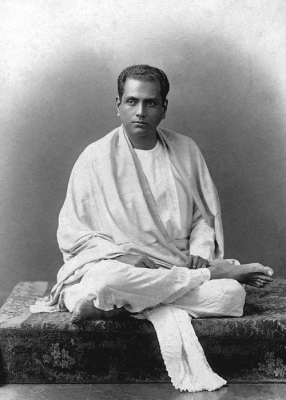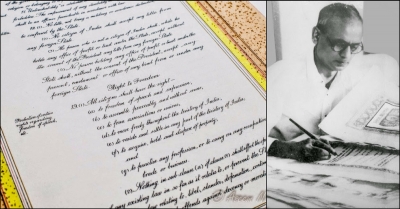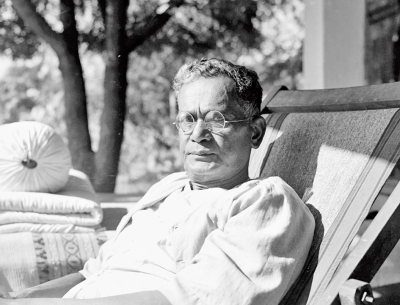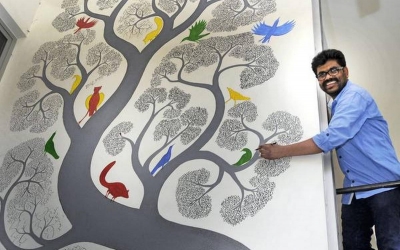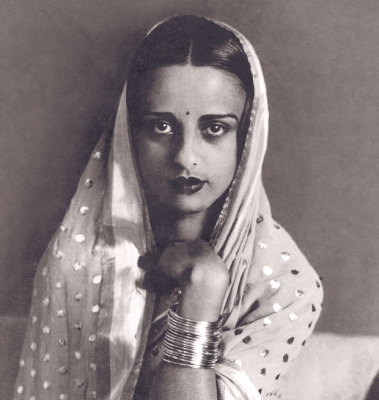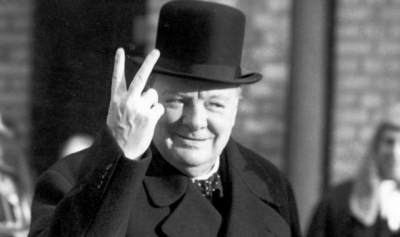
Painting as a pastime
Popularly known as ‘The Man Who Saved Europe’ for his role in the victory of the Allied Forces in WWII, Churchill is considered to be Britain's greatest warhero and one of the best-known statesmen of the 20th Century.
While he devoted his life to public service, he picked up the brush at the age of 40 and became one of the world's best-known amateur painters. He was so enthusiastic about painting that he even wrote a book about it at the age of 74.
Churchill describes the joy of painting in his book "Painting as a Pastime", published in 1948. "Happy are the painters - for they shall not be lonely. Light and colour, peace and hope, will keep company to the end, or almost to the end, of the day."
Churchill wielded the brush for the first time when he was at a low point in his career. He had just resigned from the government because he was demoted from his position as the First Lord of the Admiralty for attacking Gallipoli, Turkey, during WWI.
Consumed with anxiety, he took up an unexpected hobby painting. Painting helped him clear his head and relieve the stress of an highly challenging career.
He eventually created over 550 paintings, crediting the practice with helping him "to hone his observation and memory skills. The pastime continued to flourish, as he progressed in his career as a world-renowned writer, orator, and political leader.
As a writer
After he left the Army, Churchill worked as a war correspondent for several years. He covered important historic events such as the Cuban War of Independence, the Siege of Malakand in British India, the Mahdist War in Sudan and the Second Boer War in southern Africa. He wrote his reports under the pen name Winston S. Churchill.
He penned down the experiences in India's Northwest Frontier Provinces in his first book, "The Story of the Malakand Field Force."
After he was elected a Member of Parliament in the U.K., over 130 of his speeches or parliamentary answers were published as pamphlets or booklets; many were subsequently published as anthologies.
In 1953, Churchill received the Nobel Prize in Literature "for his mastery of historical and biographical description as well as for brilliant oratory in defending exalted human values".
The rare painting
On November 17, 2020, a rare painting by Churchill was auctioned for a whopping £9,83.000. The wartime leader created the still life work, titled "Jug with Bottles", in the 1930s at his country house Chartwell, in Kent, southeast England.
Whenever time permitted, he would escape to Chartwell, set up his easel outdoors and start capturing the beautiful countryside. Chartwell has now been turned into a museum which houses Churchill's painting studio.
Promoting science
Churchill was the first British prime minister to appoint a scientific advisor. He had regular meetings with scientists such as Bernard Lovell, the father of radio astronomy. He promoted scientific research, and used public funds towards laboratories where some of the most significant developments of the postwar period first came to light, from molecular genetics to crystallography using X-rays. During the war itself, the decisive British support for research, encouraged by him, led to the development of radar and cryptography, and played a crucial role in the success of military operations.
Did you know?
Queen Elizabeth made Churchill a knight of the Order of the Garter, the highest honour in Britain, two years before his retirement
Churchill became the Prime Minister of the U.K. twice. First time from 1940 to 1945, when he led the country to victory in the Second World War, and again from 1951 to 1955.
Picture Credit : Google
